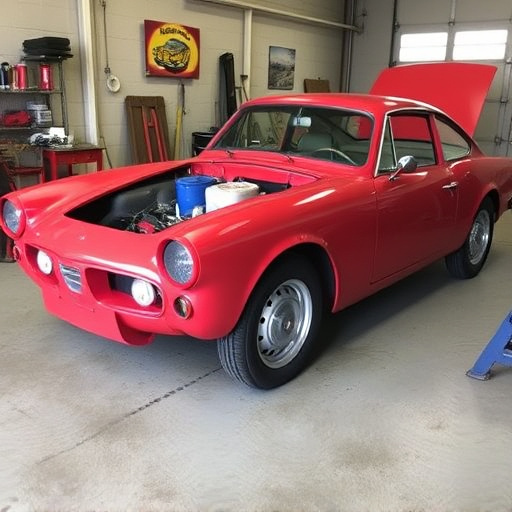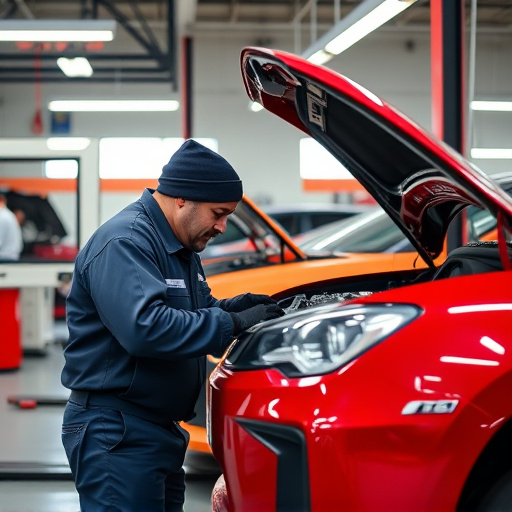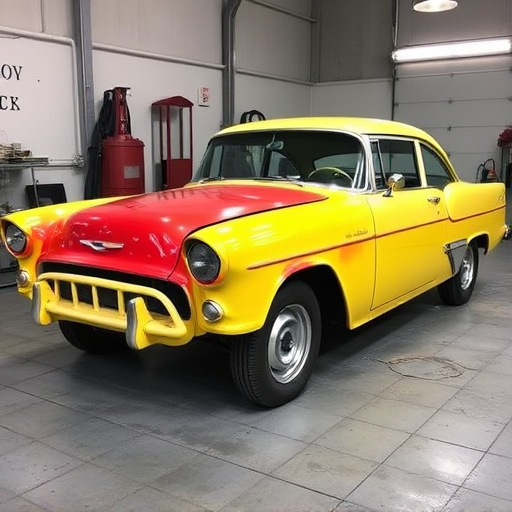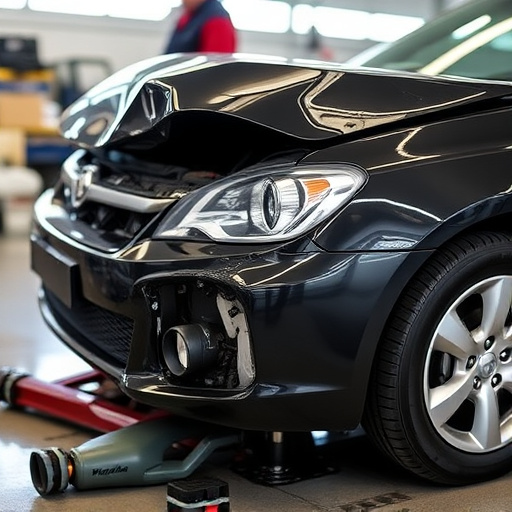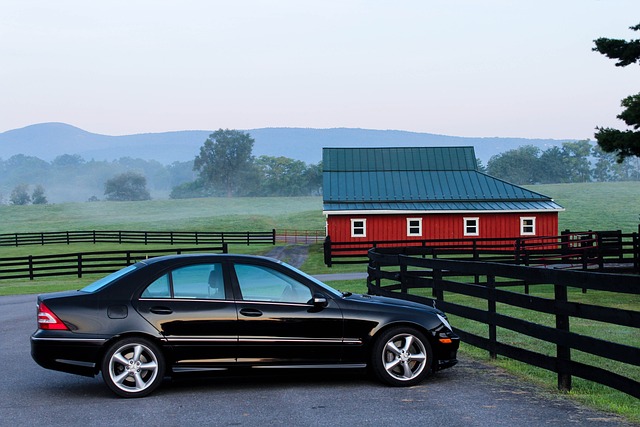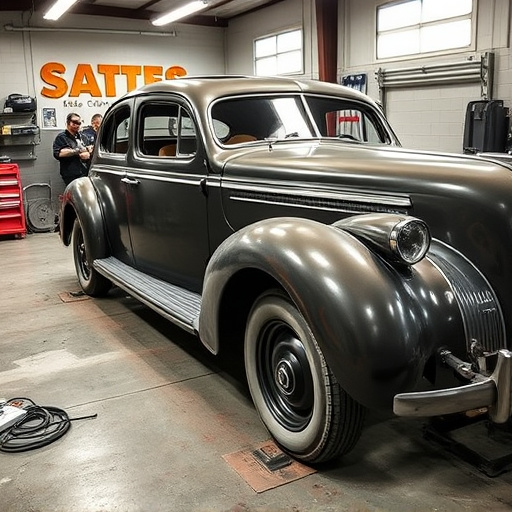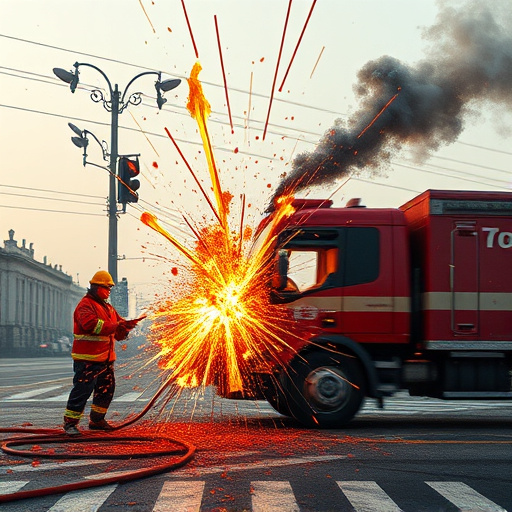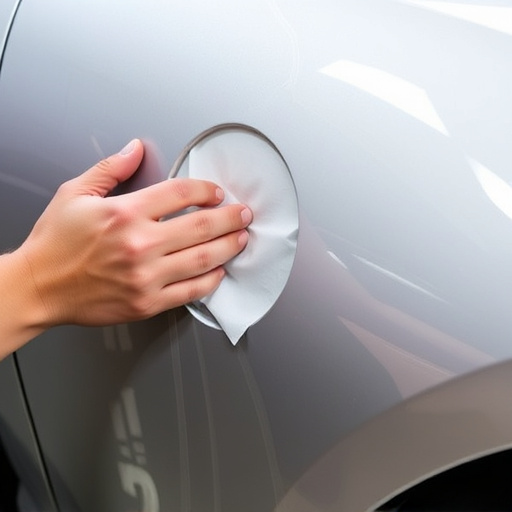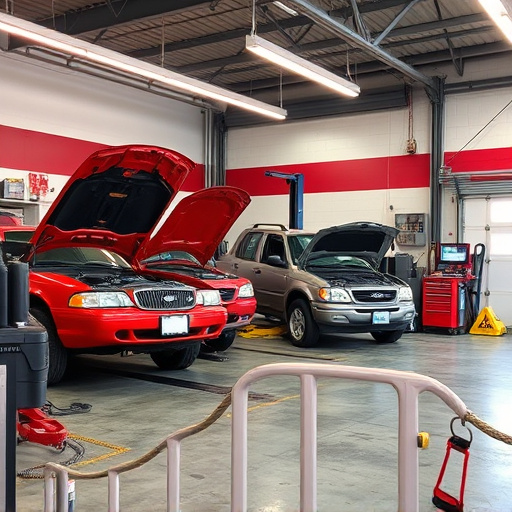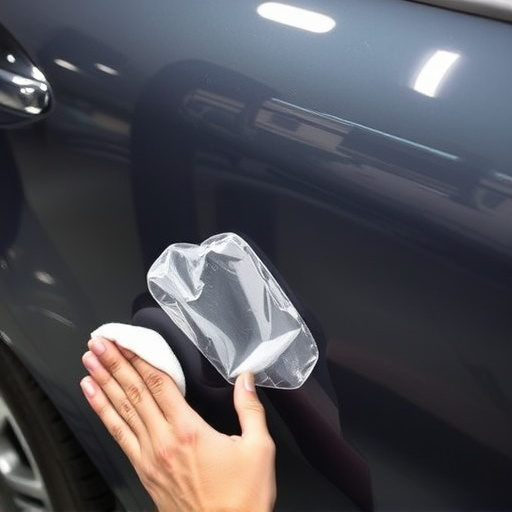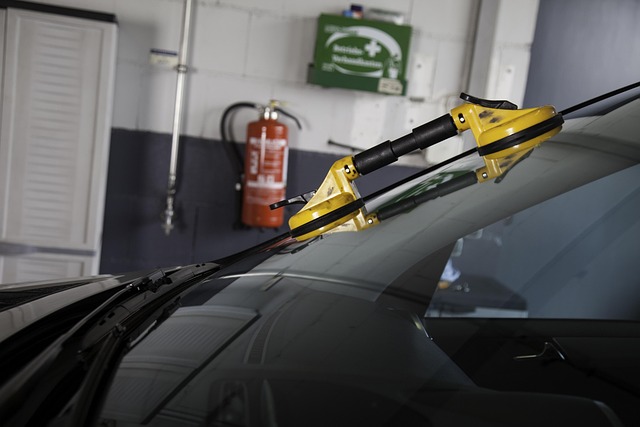Automotive refinishing for classic cars is a blend of historical preservation and artistic restoration, requiring experts to match authenticity with aesthetic appeal. It involves detailed processes like dent removal and paint repair, accurate color matching through research, and meticulous craftsmanship for show-quality results. This art starts with inspection, preparation (sanding, priming), and expert skill in matching paint colors using advanced techniques and tools, crucial for collision centers restoring vintage Mercedes Benz, Ford, or BMWs.
“Uncover the art of bringing vintage vehicles back to life with our comprehensive guide to automotive refinishing. From understanding the intricacies of classic car paint techniques to mastering step-by-step restoration, this article is your ultimate resource. Learn how to match ancient color swatches accurately and revive historical automobiles with pride. Discover the delicate process of automotive refinishing, ensuring these cherished vehicles maintain their original splendor for generations to come.”
- Understanding Automotive Refinishing Techniques for Classics
- Restoring Vintage Vehicles: A Step-by-Step Guide
- The Art of Matching Classic Car Paint Colors
Understanding Automotive Refinishing Techniques for Classics
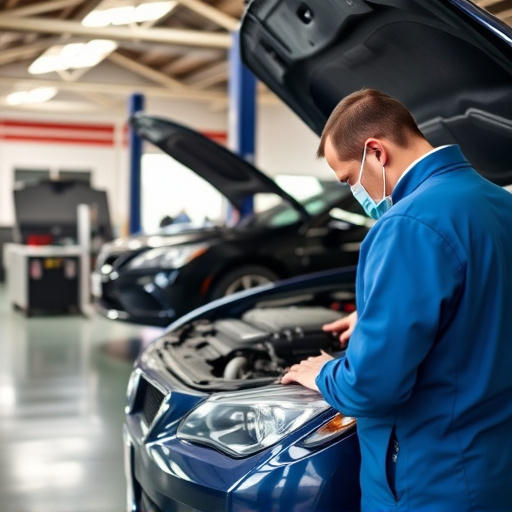
Understanding Automotive Refinishing Techniques for Classics
When it comes to classic and vintage vehicles, automotive refinishing is an art that requires precision, patience, and a deep appreciation for history. The process involves not just repairing but also restoring the original finish to its former glory. This meticulous work demands a careful balance between preserving the vehicle’s authenticity and achieving a seamless, show-quality appearance. Experts in automotive refinishing employ various techniques tailored to each unique classic car, addressing issues like dent removal, paint repair, and even fender restoration.
One of the key aspects is identifying and matching the original paint colors accurately. This involves extensive research, including consulting with specialists and referencing period-specific color charts. For cars with significant hail damage or other imperfections, specialized tools and techniques are employed for repairs, ensuring that every touch-up blend seamlessly with the rest of the vehicle. Automotive restoration isn’t just about making a car look good; it’s about telling its story through meticulous craftsmanship and attention to detail.
Restoring Vintage Vehicles: A Step-by-Step Guide
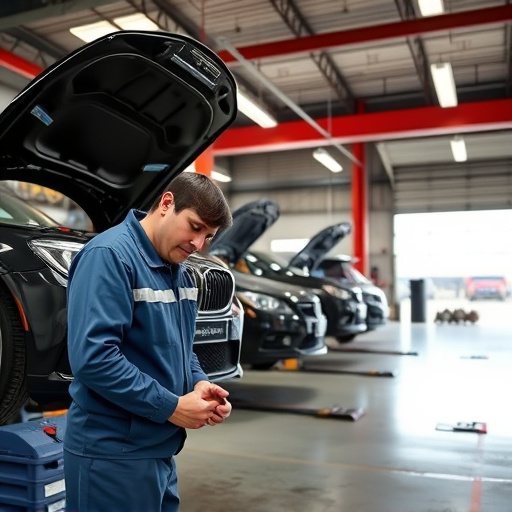
Restoring Vintage Vehicles: A Step-by-Step Journey
The process of automotive refinishing for classic and vintage vehicles is an art that demands precision and patience. It’s a journey back in time, meticulously recreating the original beauty of these cherished cars. Begin by thoroughly inspecting the vehicle, identifying any damage such as dents, cracks, or rust, which often sets the foundation for future issues. For instance, a Mercedes Benz repair might involve addressing hail damage repair, a common concern for older models.
Next, careful preparation is key. This includes sanding and priming to ensure a smooth base. The choice of paint is crucial; opt for restoration-specific paints that match the original finishes accurately. As you layer each coat, allow adequate drying time. Whether it’s an auto body repair for a classic Ford or a vintage BMW, the attention to detail at each stage will determine the final outcome.
The Art of Matching Classic Car Paint Colors
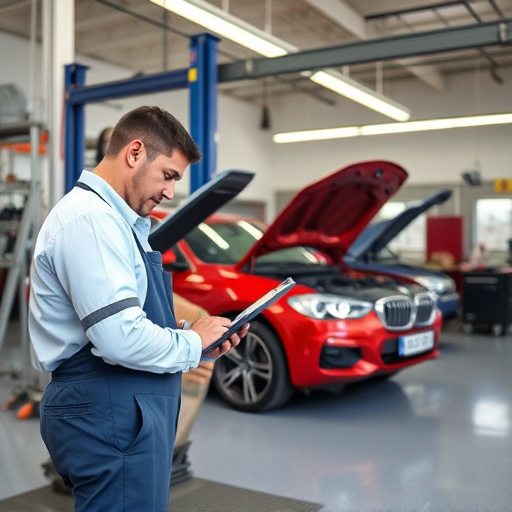
The art of matching classic car paint colors is a delicate process that requires expert skill and an eye for detail. With vintage vehicles, every effort is made to preserve authenticity, ensuring the restored beauty aligns with the original aesthetic. This involves meticulously studying historical records, original paint samples, and even the unique characteristics of the car’s surface.
Automotive refinishing specialists utilize advanced techniques and tools to achieve precise color matching. They begin by preparing the car body shop surface, removing any imperfections or old paint layers. Then, through a meticulous blending process, they create a custom mix that duplicates the original hue, considering factors like pigment and base composition. This level of craftsmanship is vital when dealing with auto collision centers, ensuring that each panel seamlessly integrates into the car’s overall design, creating a stunning, authentic finish.
Automotive refinishing is not just a process; it’s a labor of love for classic and vintage vehicle enthusiasts. By understanding the unique techniques, such as matching ancient paint colors accurately, restoring these gems becomes an art form. Following step-by-step guides ensures meticulous work, preserving historical significance while enhancing these timeless transports on wheels.
